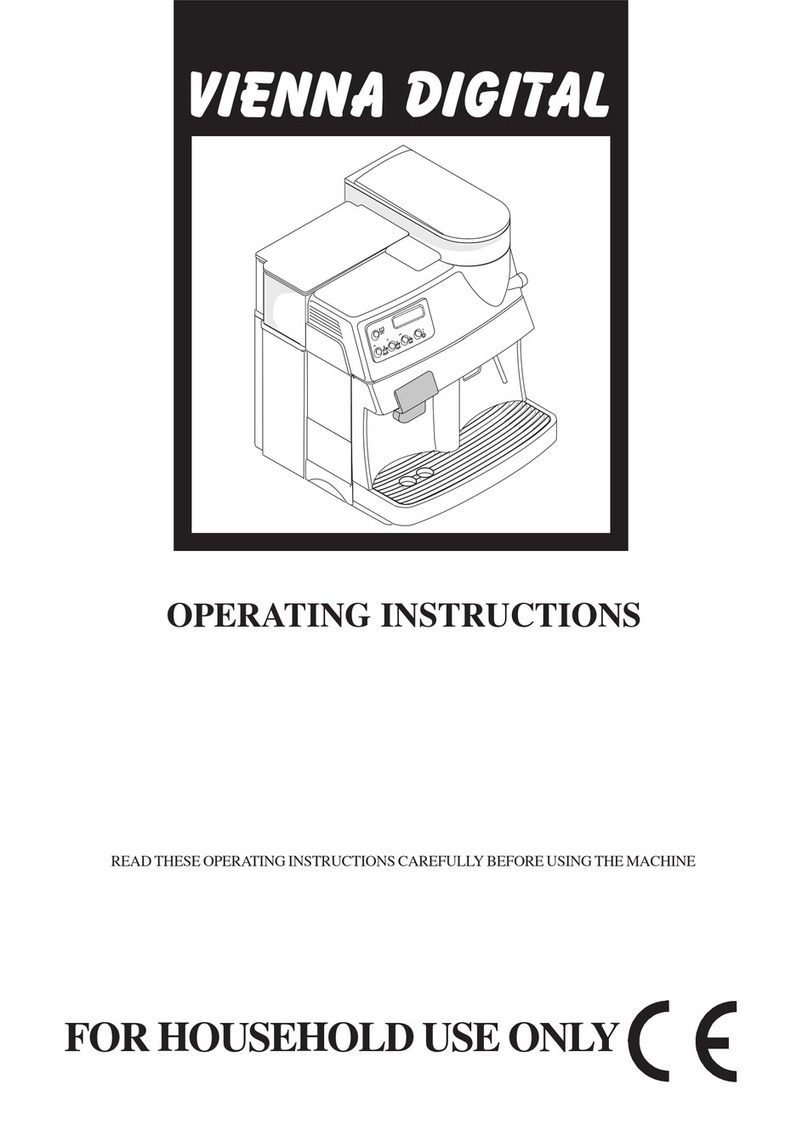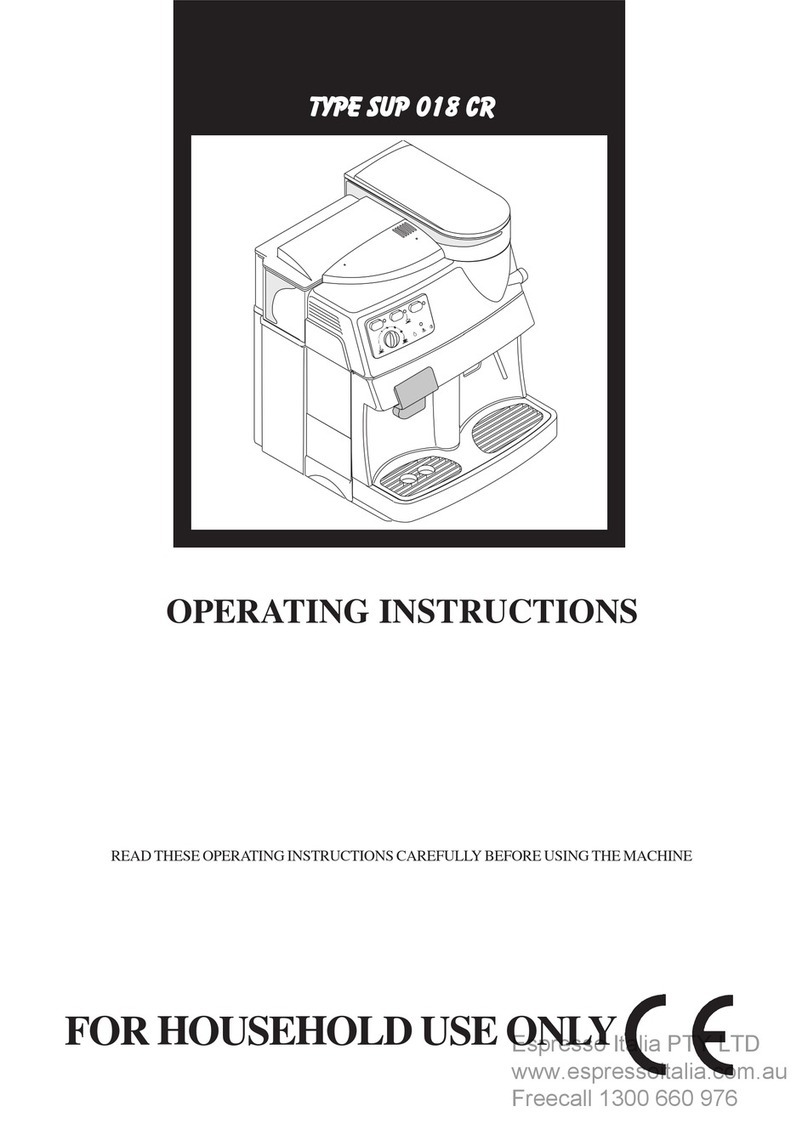Onderhoud
Onderhoudsinstructies: de algemene regel is dat wanneer je de percolator gewoon met
de hand en heet water zonder wasmiddel of schuurmiddel reinigt, dit de meest
voorzichtige manier is om de percolator schoon te maken. Ook reinig je alle onderdelen
van je percolator eenvoudig en veilig in de vaatwasser.
Droog alle onderdelen van de espressokoker grondig af na het schoonmaken.
Belangrijk: Er kan restwater in het veiligheidsventiel en de trechter achterblijven. Dit kan
na verloop van tijd leiden tot kalkaanslag, waardoor ventiel en inzetstuk verstopt raken en
problemen opleveren in je percolator.
TIP: Blaas daarom naast het drogen ook actief het ventiel uit met je mond om alle
waterresten echt te verwijderen. Zet de percolator pas weer in elkaar als alle onderdelen
goed zijn opgedroogd. Schroef het niet te vast om te bewaren.
Ontkalk de percolator regelmatig: vul hiervoor de percolator met water tot net onder het
ventiel.
Voeg twee theelepels citroenzuur of azijn toe. Zet de espressokoker in elkaar en zet een
espresso, zonder toevoeging van koffie.
Verwijder de vloeistof en noteer vervolgens het punt “voordat je begint”.
Controleer regelmatig of het ventiel, de trechter en de filterplaat niet verstopt zijn. maak
anders de gaatjes schoon met een zachte borstel of de punt van een naald.
Controleer regelmatig de slijtage van de afdichting. Als je merkt dat het versleten of
beschadigd is, vervang je het door de meegeleverde vervangende siliconenring.
Zorg ervoor dat het water altijd onder het ventiel staat. Als er te veel water in de moka pot
wordt gegoten, kan het ventiel na verloop van tijd door kalkaanslag verstopt raken en
daarmee een veilig gebruik niet meer garanderen.
Een percolator is niet geschikt voor zeer fijngemalen koffiepoeder, zoals gebruikt in
espressomachines! Dit kan niet alleen invloed hebben op de smaak, maar kan ook leiden
tot overdruk in de ketel.
Druk of stamp het koffiepoeder in geen geval aan. Dit beïnvloed ook de smaak en kan
leiden tot overdruk in de koker.
Belangrijk: let bij het gebruik van onze percolator vooral op de volgende 3 punten om
functiestoringen te voorkomen:
1.
2.
3.
04





























